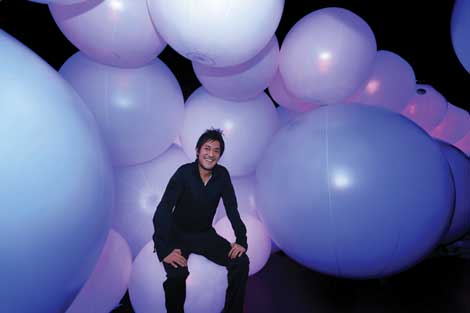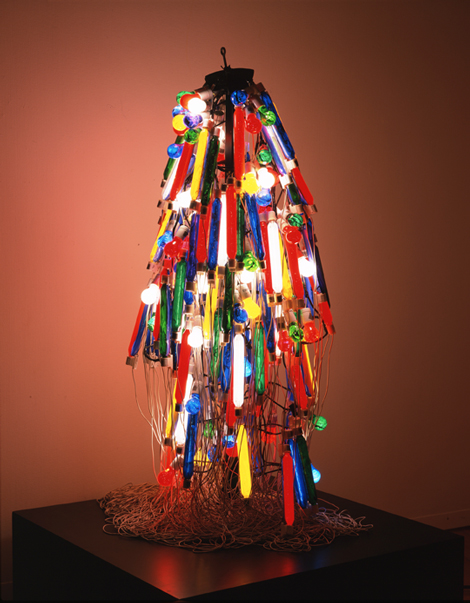Once a city on the margins of the art world, Hong Kong now sits center stage, boasting the world’s third-largest art market. A wealth of galleries, museums and art centers can be found on either side of Victoria Harbor, which separates the commercial center, Hong Kong...

Field Report: Hong Kong
read more


